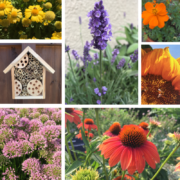This post is also available in: Español
I am sharing pollinator garden tips for creating bee and butterfly friendly gardens.
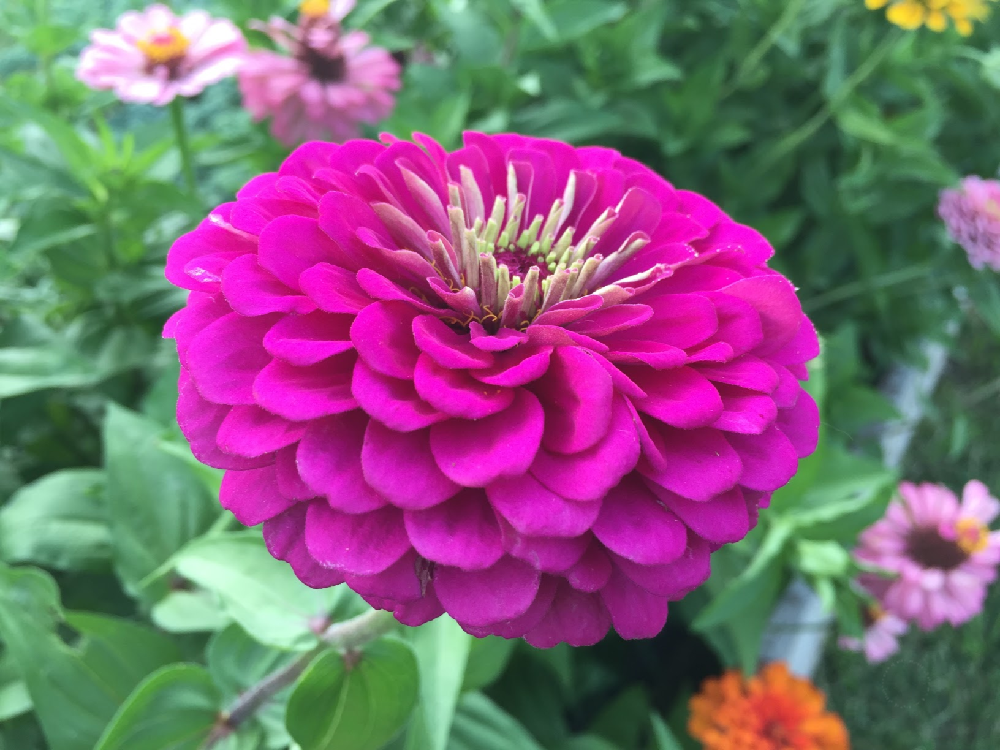
I love butterflies and bees. Both are beautiful and beneficial not only for our garden but for the community too. Considering planting a pollinator garden at home is fun and educational for kids and adults.
Many of the crops require pollination. Few examples include sweet corn, blueberries, bananas, almonds, cherries, coconut, coffee, alfalfa, tomatoes, raspberries, strawberries, blackberries, peach, papaya, mango and many more. The list is significant, that is why pollinators are so important to have fresh produce in our table.
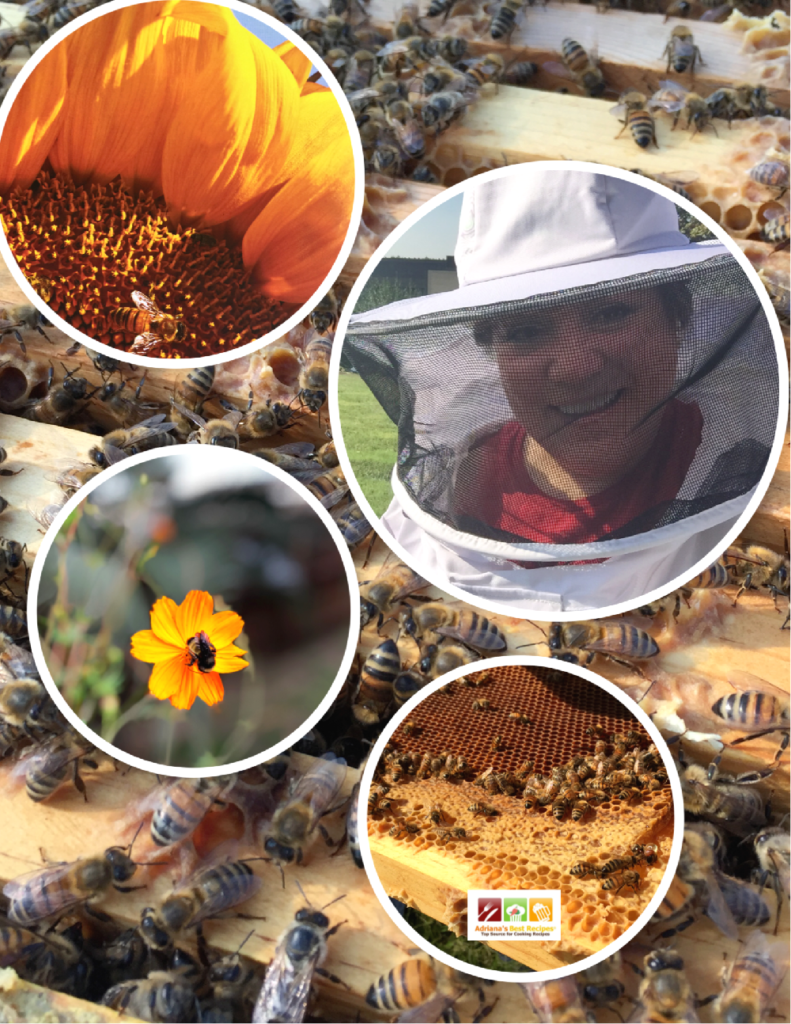
I bet you have heard on the news there has been a reduction on the bee population. And we can help to increase the numbers. It is a matter of planting bee and butterfly friendly gardens that are not only beautiful but are beneficial too.
How to plant a pollinator garden at home.
I started transforming my home garden to a pollinator garden for several years now. And I have learned a few things in the process. And want to share my tips on how to grow a pollinator garden and be successful while doing it.
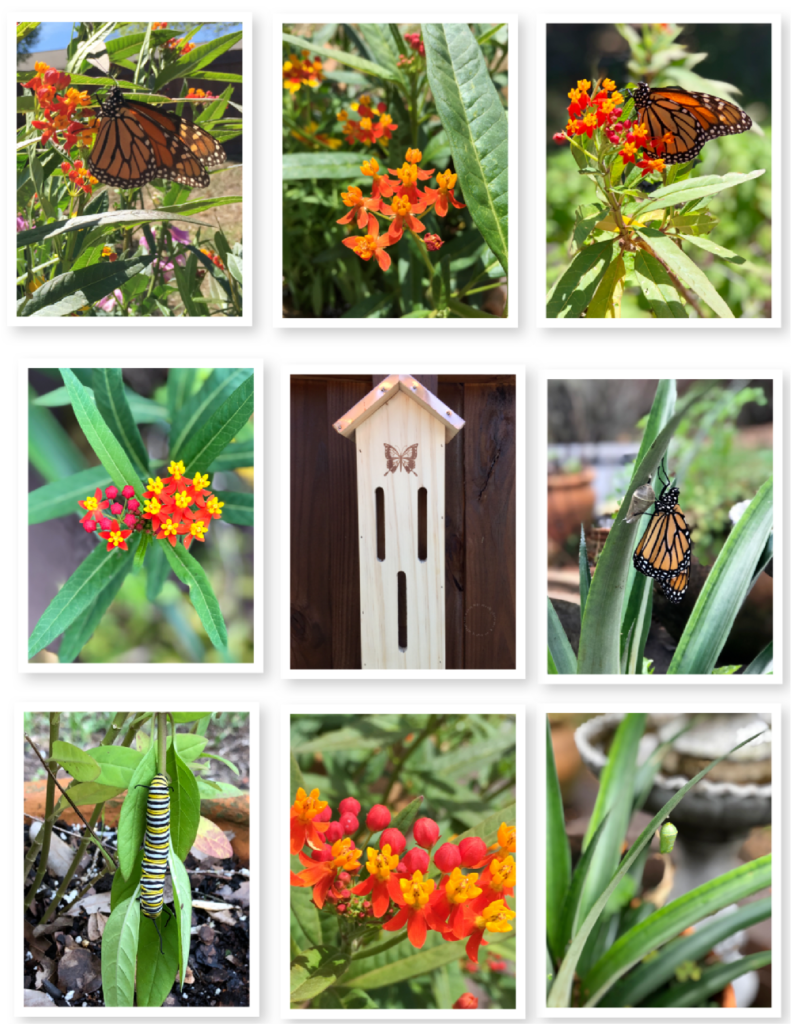
Butterfly-friendly garden essentials.
Butterflies are pollinators too. They need feeding and colorful plants, below the tips on how to put together a butterfly garden that these pollinators will love.
- Find the location within your garden where plants that require full sun will thrive.
- Choose the right plants, buy both, herbs and colorful flowers.
- Butterflies require a feeding source and plants that do not hang low.
- Feeding plants can be herbs, like parsley. And milkweed which is the preferred plant by the monarch butterflies.
- Plant in bunches, butterflies most likely will visit a group of plants rather than just one.
- You can combine milkweed, pentas, salvia, marigolds, and coneflowers in one bed.
- And in another garden bed you can add sunflowers, nasturtiums, cilantro, and parsley).
- You can plant wildflowers on pots too. Wilds flowers seeds include colorful flowers that butterflies love.
- Place a small plate with stones or colorful crystal marbles and add water. Butterflies will appreciate being able to drink water without drowning.
- Add a butterfly house. These homes are made of wood and could be a cool DIY you can make with the kids. But you can also buy them.
- Butterflies like ripen bananas and fruit such as orange slices, melon, and watermelon.
- You can add a plate with the fruit or commercial nectar to attract them, be aware this attracts ants too.
- Do not use insect control sprays or chemicals in the plants.
- Check plants regularly and remove harmful caterpillars from the plants as those eat butterfly eggs and destroy the plants.
- But careful in not removing the actual butterfly caterpillar.
- Butterfly caterpillars will eat the feeding plant source but will not destroy the plant.
- If you planted parsley or milkweed you would see that the butterfly caterpillars will devour the plant thoroughly, but the plant will come back bigger to feed the new butterfly generation, and the circle of life will continue.
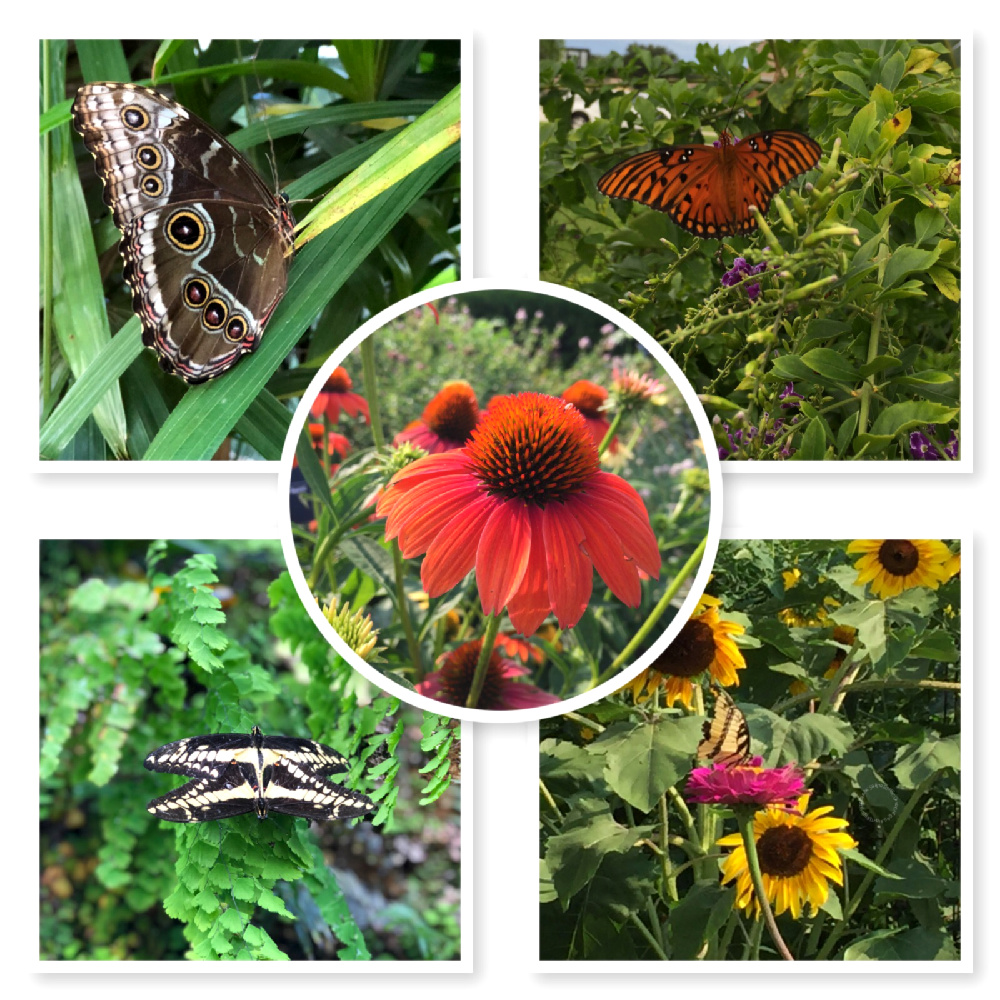
Bee garden essentials.
Bees need different types of plants and flowers. Same as butterflies bees come in different shapes and sizes. They can be bumblebees, honeybees, mason bees, carpenter bees, and blueberry bees. There are more than twenty thousand types of bees around the world. I am mentioning the most popular ones.
Despite the type, all bees live in colonies where there is going to be one queen bee, several the worker bees and the drones.
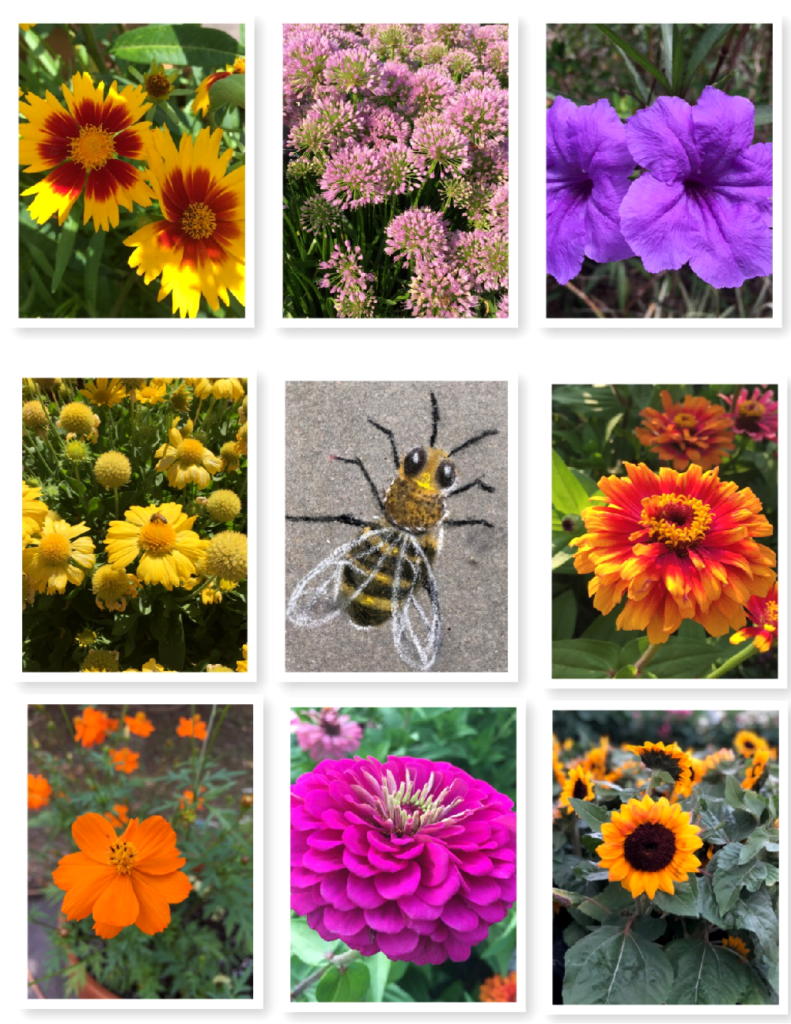
Worker bees are the largest population within a colony. They tend to queen bee and the drones, feed larvae, ventilate the hive, defend the nest to preserve the survival of the colony.
The worker bees will forage for pollen and nectar of the plants as nature has made them in different shapes and sizes to be able to pollinate the vast variety of flowers and plants that exist.
Here is where we can help, making a bee friendly garden so that all those worker bees can perform their function. Below my pollinator garden tips for a bee friendly garden.
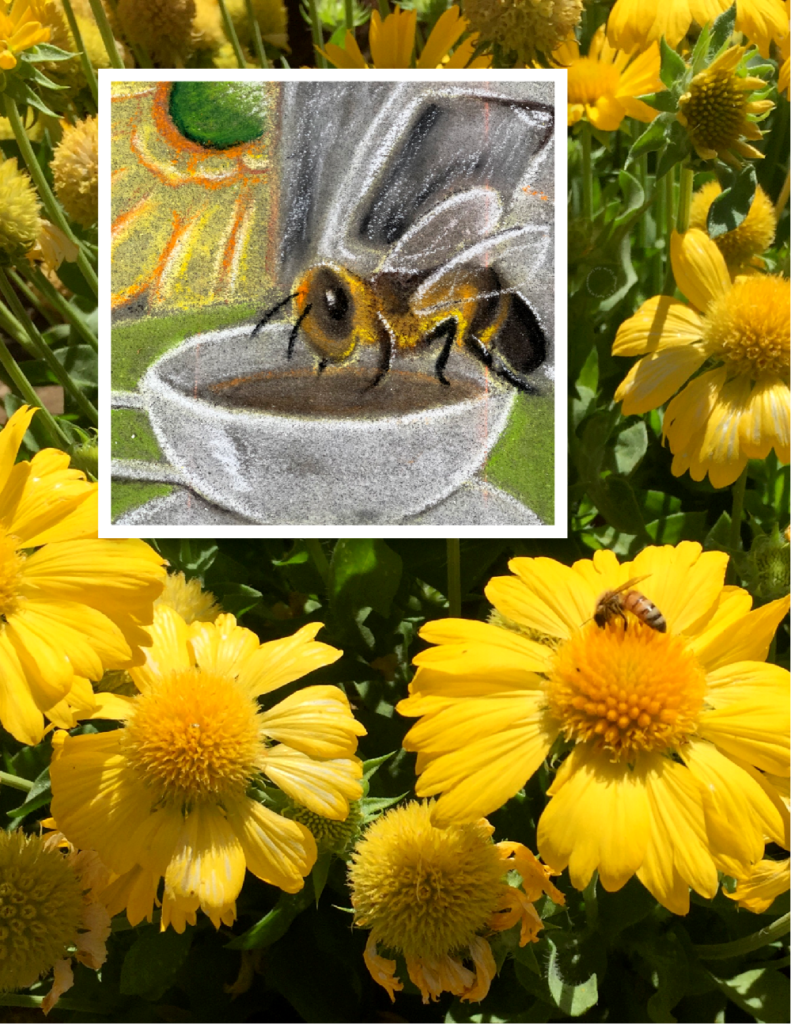
- Bees love fragrant and colorful flowers — preferably yellow, orange, and bright purple, blue, and white colors.
- Few of their favorites are the black-eyed Susan flowers, sunflowers, gaillardias, basil, bee balm, lavender, stonecrop, fennel, cilantro, sweet alyssum, zinnias, and calendula.
- There are wildflowers seeds intended for bees. You can plant the seeds in your garden beds, in pots, and areas that there is no traffic, but get warm sunlight most of the day.
- Bees are hard workers, and they love shelters and a warm, dry place to rest and nest. For that, you can buy ready-made wooden bee houses or make your own using a milk carton and colorful paper rolls.
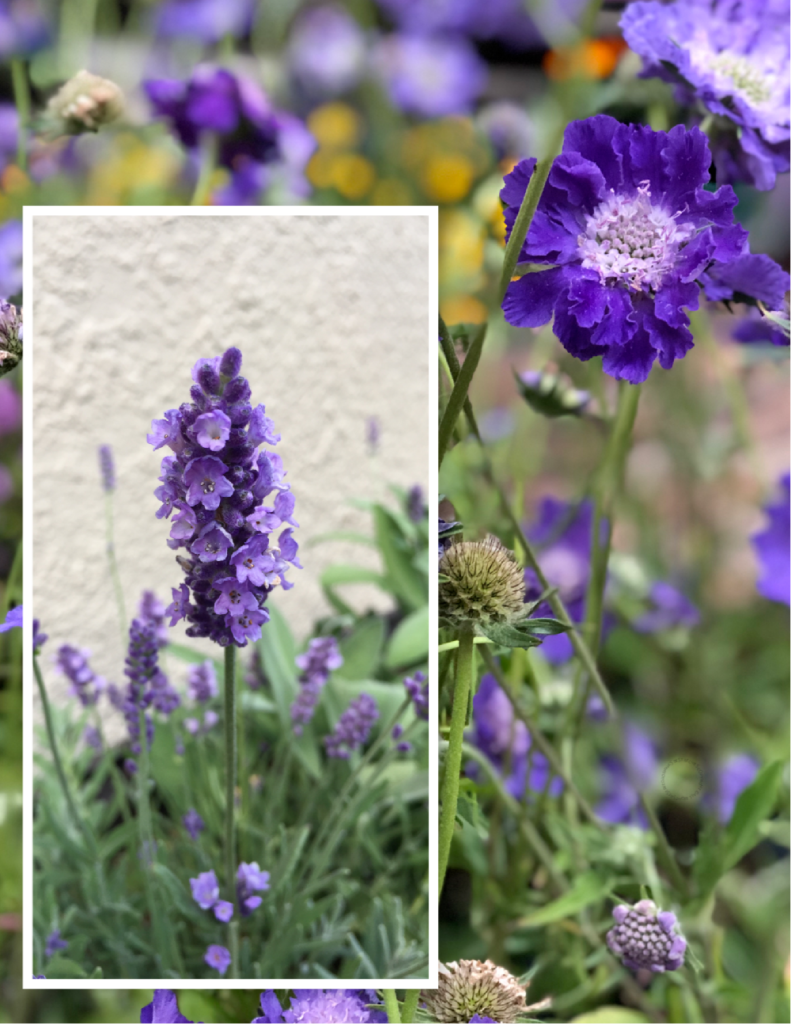
Planting a friendly pollinator garden is a fun activity. After the hard work, the garden will come alive bringing hope and the joy of contributing to the efforts of preserving nature and our food source.
- Tex-Mex Veal Fajitas with Melted Cheese - June 23, 2024
- Spicy Mango Pineapple Chutney Recipe - November 17, 2022
- Squash Blossom Quesadillas Recipe - November 10, 2022
